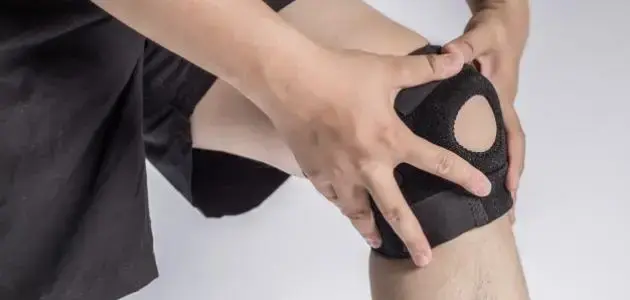Vitamin D is one of the most vital nutrients for the human body, with significant effects on overall health. Uniquely, it acts more like a hormone than a typical vitamin, as nearly every cell in the body contains receptors for it. The body produces vitamin D from cholesterol when exposed to sunlight, and it can also be found in foods such as fatty fish and fortified dairy products. However, obtaining sufficient vitamin D from diet alone is challenging, making deficiency a common global issue—affecting over a billion people worldwide.
Common Symptoms of Vitamin D Deficiency in Men
Although vitamin D deficiency can profoundly impact well-being, it often goes unnoticed due to the subtle nature of its symptoms. Below are eight key signs that may indicate a deficiency, affecting both men and women alike:
1. Frequent Illness and Infections
Vitamin D plays a crucial role in strengthening the immune system. Deficiency can weaken the body's ability to fight off bacterial and viral infections, leading to recurrent illnesses such as colds, flu, bronchitis, and pneumonia.
2. Fatigue and Tiredness
Persistent fatigue may stem from various causes, including low vitamin D levels. Some studies have linked deficiency to chronic tiredness, which can negatively affect quality of life.
3. Bone and Back Pain
Research shows a connection between low vitamin D and severe back pain. Deficient individuals are more likely to experience pain in their legs, ribs, and joints.
4. Depression
Multiple studies suggest an association between vitamin D deficiency and depression. Supplementing with vitamin D has shown potential in improving mood.
5. Poor Wound Healing
Vitamin D contributes to the production of compounds involved in skin regeneration. It also plays a role in controlling inflammation and fighting infections, both critical for proper wound healing.
6. Bone Loss
Vitamin D is essential for calcium absorption and bone metabolism. A deficiency can lead to reduced bone mineral density, increasing the risk of osteoporosis and fractures.
7. Hair Loss
While hair loss is often linked to stress, excessive shedding may be a sign of nutritional deficiency, including low vitamin D levels.
8. Muscle Pain
Some evidence points to a relationship between muscle pain and insufficient vitamin D, affecting strength and mobility.
Vitamin D Deficiency Risks Specific to Men
Vitamin D deficiency not only affects physical health but also has serious implications for mental health in men. Below are some male-specific health risks linked to low vitamin D levels:
Mental Decline
Deficiency has been associated with cognitive disorders such as dementia, including Alzheimer’s disease.
Prostate Cancer
Low blood levels of vitamin D may increase the risk of developing prostate cancer, as suggested by several studies.
Erectile Dysfunction
Vitamin D deficiency can impair endothelial function—the ability of blood vessels to dilate properly—leading to reduced blood flow to the penis and contributing to erectile dysfunction. Men with severe ED often have significantly lower vitamin D levels.
Schizophrenia Risk
Studies show that individuals with vitamin D deficiency may be twice as likely to develop schizophrenia compared to those with adequate levels.
Common Risk Factors for Vitamin D Deficiency
Several factors increase the risk of developing a deficiency:
- Dark skin
- Older age
- Obesity
- Spending most of the time indoors
- Living far from the equator where sunlight is limited year-round
- Consistent use of sunscreen
- Diets low in fish and fortified dairy products
Diagnosing Vitamin D Deficiency
A healthcare provider may assess your risk based on lifestyle, medical history, and blood tests. Vitamin D deficiency is typically diagnosed when blood levels fall below 12 ng/mL. Levels between 13–20 ng/mL are considered insufficient and may signal early-stage deficiency.
Prevention and Treatment of Vitamin D Deficiency
Effective strategies to prevent or treat vitamin D deficiency include:
Sun Exposure
Light-skinned individuals should aim for 15 minutes of sun exposure daily, while those with darker skin may need up to 30 minutes.
Ultraviolet Light Therapy
Exposing areas like the legs, abdomen, or back to ultraviolet LED light for a few seconds, two to three times a week, can help those who have trouble absorbing vitamin D naturally.
Increasing Dietary Intake
Incorporate more vitamin D-rich foods such as salmon, swordfish, cod liver oil, fortified milk, and dairy products.
Vitamin D Supplements
Individuals diagnosed with deficiency may need 2,000–4,000 IU of vitamin D daily for 8–10 weeks. Alternatively, a weekly dose of 50,000 IU may be prescribed.
Leave a comment
Your email address will not be published. Required fields are marked *




